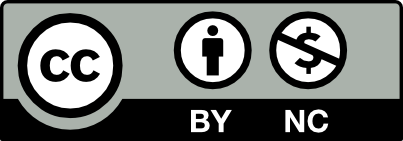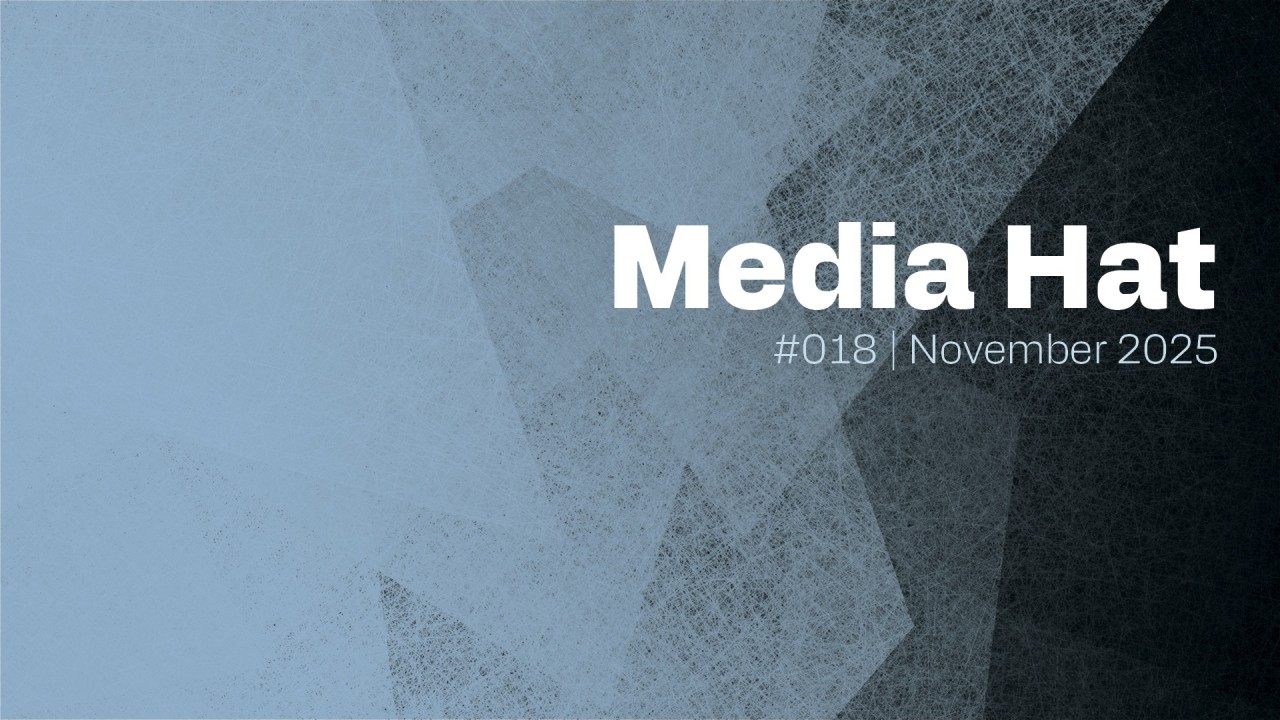Every month we pull together tools, research, and ideas for journalists wearing… many hats.
This column started as a newsletter on iMEdD’s LinkedIn.
You can subscribe and find all past issues here.
The experiment edition
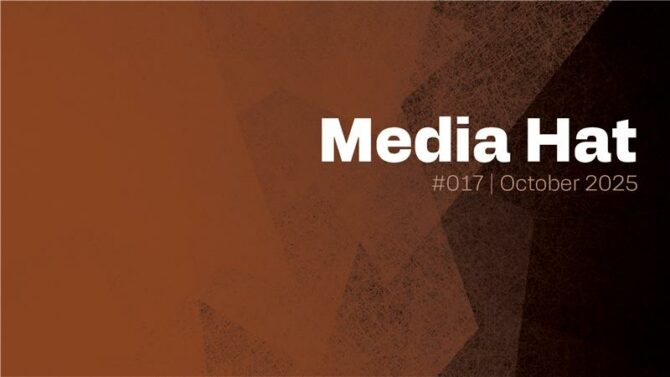
Every month we pull together tools, research, and ideas for journalists wearing… many hats.
There’s a lot competing for our attention these days — scientific claims that feel impossible to decode, AI fakes that seem too real, new research that quietly shifts what we know, and community work that goes unseen. So this month’s Media Hat brings together resources that, in different ways, help us slow down and understand things a bit better.
If you’re one of the many people who are new here, hello to you!
Each month, we round up tools, ideas, and behind-the-scenes insights to help journalists who wear many “hats” — reporters, editors, producers, creators, and everything in between.
Up your sleeve
(Tools and tricks you can put to work right away)
A toolkit to make science reporting less intimidating
The Science Reporting Navigator was created by The Open Notebook and the Reynolds Journalism Institute to help journalists feel more at ease when covering scientific topics. It offers short lessons, templates, and checklists on reading studies, talking to researchers, and verifying claims. It’s made for quick use — the kind of thing you open when a story suddenly turns “science-y” and you need a steady hand.
📌 Good for: local reporters, editors, and journalists bringing science into community stories.
How young audiences see the future of news
Northwestern University Knight Lab spoke with young people in Nigeria, India, and the U.S. about how they engage with news and what they hope it looks like by 2030. Their answers point to gaps between what journalists make and what audiences expect — but also to opportunities for rebuilding trust in more grounded, human ways.
📌 Good for: newsroom leaders, audience teams, and innovation groups
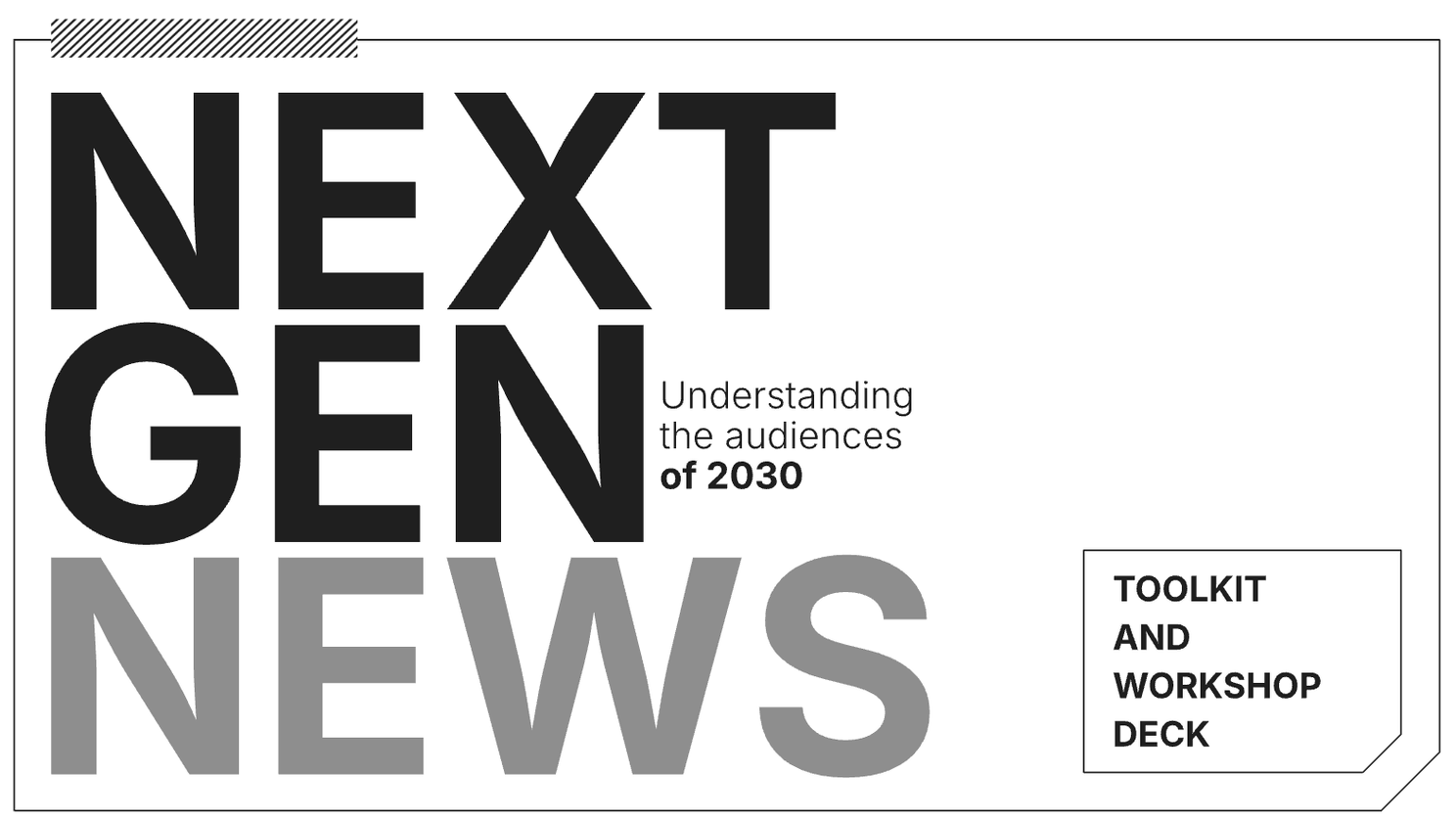
Spotting AI-generated fakes (without losing your mind)
AI-generated photos, audio, and video can throw anyone off — especially on deadline. In a new Global Investigative Journalism Network guide, verification specialist Henk van Ess shares seven approachable methods for checking synthetic media and introduces Image Whisperer, a tool that highlights uncertainty instead of bluffing confidence. It’s realistic, not alarmist, which is refreshing…
📌 Good for: investigative reporters, fact-checkers, editors
Behind the scenes
(Research, explainers & deeper context to help you connect the dots)
Mapping how private power shapes public life
A project by Prof. Francesca Bria and xof-research.org traces nearly $45 billion in financial flows that link tech companies, private funds, and political actors. It paints a quiet but powerful picture of how private influence shapes democratic systems, often without public awareness.
📌 Good for: researchers, policymakers, and journalists investigating the politics of technology and governance.
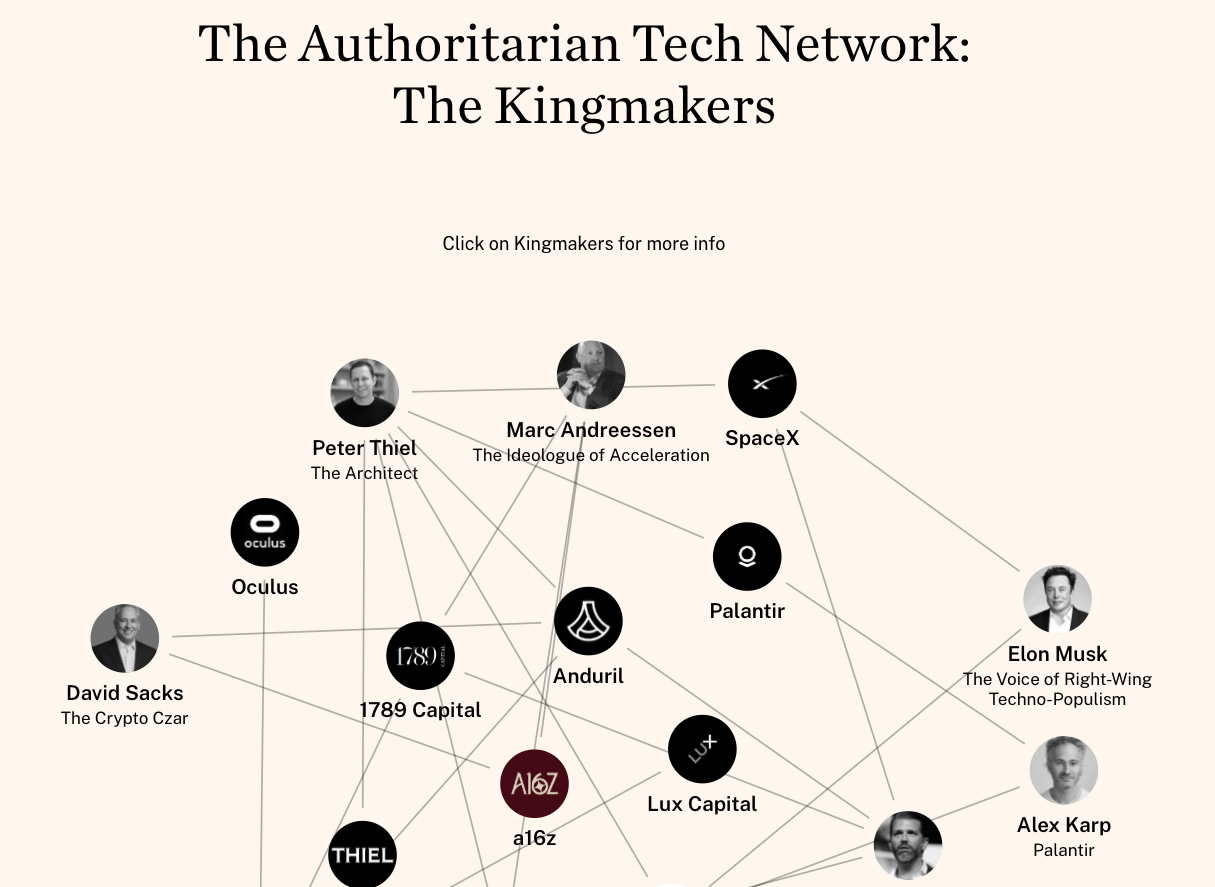
Turning 45,000 clicks into real-world action
Digital strategist Gabriella Zutrau shares the story behind the chatbot system she built for New York’s new mayor — one that turned thousands of Instagram interactions into actual offline volunteer actions. She walks through her process with honesty: what worked, what broke, and what might be useful for others trying to create meaningful engagement.
📌 Good for: social media managers, digital strategists, community leads
Community Spotlight
(New voices, bold experiments, and big ideas from the field)
Who actually keeps communities informed?
A new framework from the Journalism + Design Lab highlights the informal roles people take on in their communities — the explainer, the connector, the organizer, the “always knows what’s going on” friend. It’s a reminder that information ecosystems aren’t built only in newsrooms.
📌 Good for: journalists, audience researchers, community managers
A call to support local media in the Balkans
The Balkan Alliance for Local Media is asking funders and policymakers to rethink how support is offered to small, independent outlets. Their Call for Change argues for something simple but often missing: room to plan, grow, and serve communities sustainably — not just survive.
📌 Good for: media funders, policy teams, journalists supporting local journalism
A little something for your curiosity…
If you miss the older, weirder corners of the web: Links I Would Gchat You If We Were Friends brings together essays and carefully chosen tech-and-culture reads that feel like finding a box of treasures in the attic.
https://linksiwouldgchatyou.substack.com/p/your-favorite-newsletters-favoriteLet’s Chat!
If something here sparks a thought, we’d love to hear it. And if you want to pass this along to someone who might enjoy it, thank you — that’s how this little community grows.
📩 Email us at [email protected].
Until next time…
